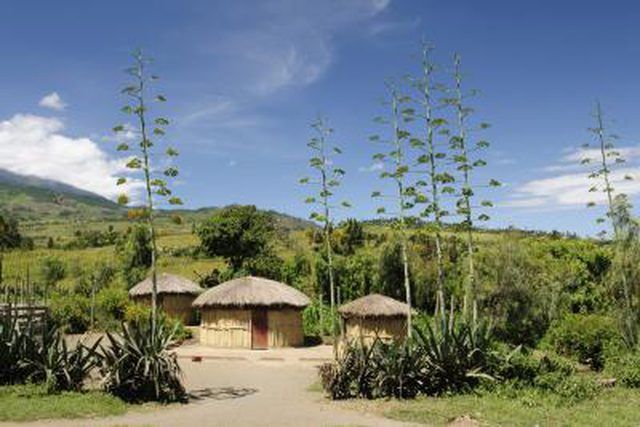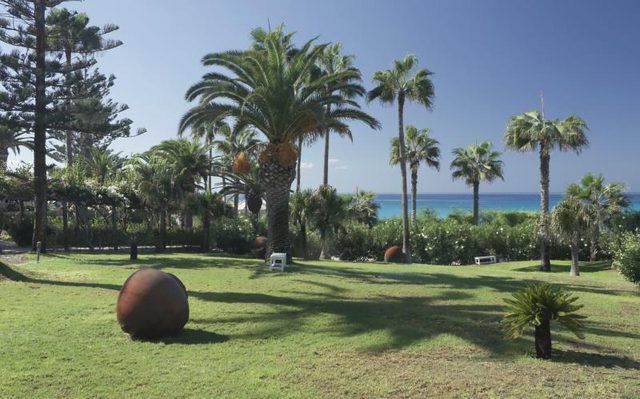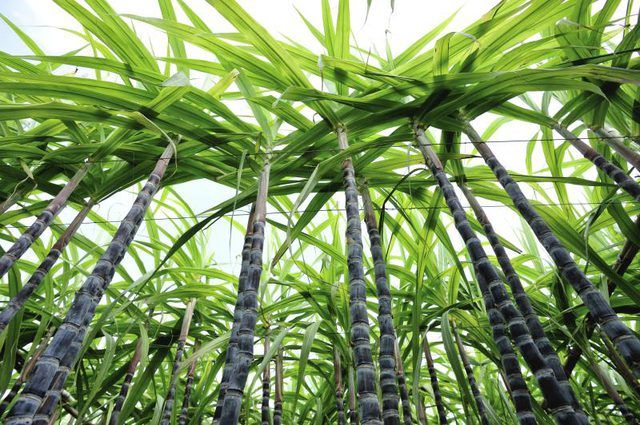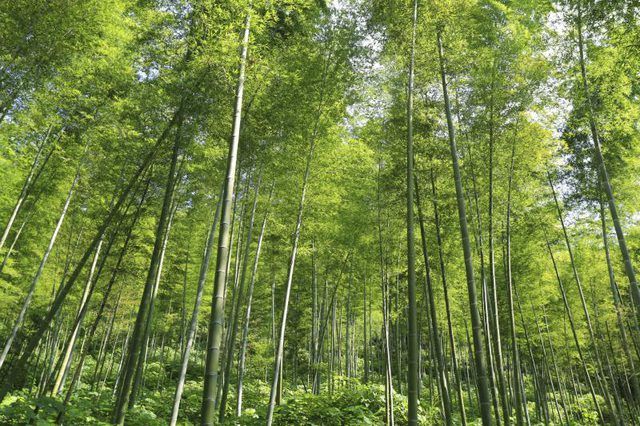Bulbs
Flower Basics
Flower Beds & Specialty Gardens
Flower Garden
Garden Furniture
Garden Gnomes
Garden Seeds
Garden Sheds
Garden Statues
Garden Tools & Supplies
Gardening Basics
Green & Organic
Groundcovers & Vines
Growing Annuals
Growing Basil
Growing Beans
Growing Berries
Growing Blueberries
Growing Cactus
Growing Corn
Growing Cotton
Growing Edibles
Growing Flowers
Growing Garlic
Growing Grapes
Growing Grass
Growing Herbs
Growing Jasmine
Growing Mint
Growing Mushrooms
Orchids
Growing Peanuts
Growing Perennials
Growing Plants
Growing Rosemary
Growing Roses
Growing Strawberries
Growing Sunflowers
Growing Thyme
Growing Tomatoes
Growing Tulips
Growing Vegetables
Herb Basics
Herb Garden
Indoor Growing
Landscaping Basics
Landscaping Patios
Landscaping Plants
Landscaping Shrubs
Landscaping Trees
Landscaping Walks & Pathways
Lawn Basics
Lawn Maintenance
Lawn Mowers
Lawn Ornaments
Lawn Planting
Lawn Tools
Outdoor Growing
Overall Landscape Planning
Pests, Weeds & Problems
Plant Basics
Rock Garden
Rose Garden
Shrubs
Soil
Specialty Gardens
Trees
Vegetable Garden
Yard Maintenance
Types of Tropical Grass
Types of Tropical Grass. Tropical grasses -- whether they come from the semiarid savannas of Africa, Asia, Australia or India, or wetlands and forests -- also grow in the right climates in the U.S. Types include low-growing sod grasses, clumping grasses and large reed-type grasses. The largest tropical grasses are bamboos, which can reach 60 to 100...
Tropical grasses -- whether they come from the semiarid savannas of Africa, Asia, Australia or India, or wetlands and forests -- also grow in the right climates in the U.S. Types include low-growing sod grasses, clumping grasses and large reed-type grasses. The largest tropical grasses are bamboos, which can reach 60 to 100 feet tall.

Sod-type grasses grow low to the ground and spread by lateral runners to form matlike growth, which makes some of them useful as lawn grasses. If you live in a mild winter climate, you're probably familiar with Bermuda grass (Cynodon dactylon), a widely used lawn grass that grows in U.S. Department of Agriculture plant hardiness zones 7 through 10. Native to Africa, Bermuda grass has many cultivars bred for lawns and has invasive tendencies in some locations. Another group of tropical sod grasses typically used for lawns, zoysia grasses (Zoysia spp.) are hardy in USDA zones 5 through 10 and are native mostly to Asia. A third tropical lawn grass commonly used in coastal warm winter areas, St. Augustine grass (Stenotaphrum secundatum), grows in USDA zones 8 through 10.

Clumping grasses grow in mounded shapes to heights that vary depending on the species. When the clumps outgrow the space you have for them, dig them up and divide them. A tropical clumping grass with dramatic purple color and arching leaves, "Prince Napier" grass (Pennisetum purpureum "Prince") grows 5 to 6 feet tall and wide in USDA zones 8 through 11. A tropical clumping grass native to India, lemongrass (Cymbopogon citratus) has lemon-scented green leaves that turn red to purple in fall and winter. Hardy in USDA zones 10 through 11, lemongrass can become invasive. Grow it in a container to restrict its growth.

Tropical bamboos usually have noninvasive, clumping growth habits rather than spreading by runners as do most temperate bamboos. An example of a clumping, tropical bamboo, Mexican weeping bamboo (Otatea acuminata aztecorum) grows 15 to 20 feet tall and 2 to 3 feet wide in USDA zones 9 through 11. Check the bamboo type carefully before you plant it to make sure it won't grow out of control.
